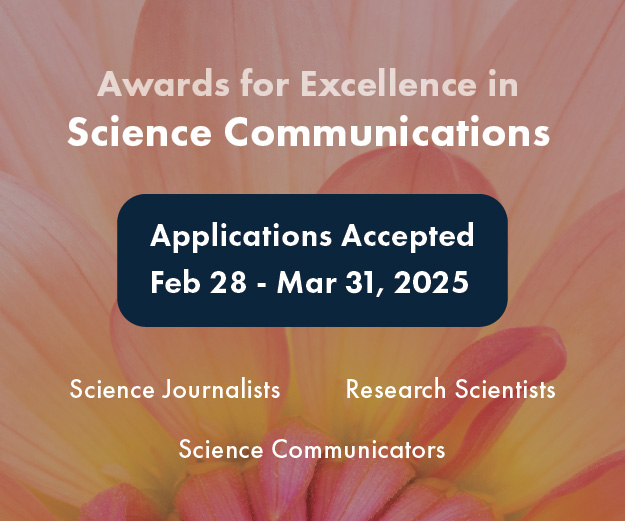Session organizer and freelancer Karyn Hede designed this session for the 2007 NASW Science in Society meeting to spotlight intersections between food, wine, and science, and to suggest new story ideas in this field. As she noted, food safety stories have important science elements. For example, the nationwide outbreak of E. Coli 0157:H7 in 2006 that was traced to California spinach raised questions about how to avoid similar contamination and how often produce should be tested.
According to Barbara Rasco, professor of food science at Washington State University and a panelist in the session, the goal should be to produce food to internationally recognized grades and standards and to strengthen the regulatory system so that it can enforce these standards. Rasco cited the spring 2007 recall of pet food containing the toxic chemical melamine to illustrate the downside of the globalization of agriculture. Such adulteration, she contended, is widely practiced by many exporters in countries such as China (the source of the melamine that went into pet food) with tacit governmental approval. Without more aggressive regulation, she said, consumers are increasingly vulnerable to this kind of "food fraud."
On a positive note, Rasco pointed to some good-news stories that she believes deserve more coverage. Technological advances have improved our food supply and quality, while devices such as radio frequency identification tags have improved food safety risk management by making it easier to track products. Better traceability also has reduced food-borne illnesses because tainted products can be pulled from the shelves more quickly.
However, Seattle Times reporter Sandi Doughton — who covered the first detection of mad cow disease in the United States — stressed that there are still plenty of holes in the system. "Interest in food safety, and the need for good information about food safety, have never been higher," said Doughton, who suggested several ways to approach food stories:
- Focus on regulation. How well do regulators protect consumers? How frequently do they test products? How does the process work and who is responsible for what products? Public records, such as inspection and testing reports, are good information sources.
- Follow the food and money chains. How does a product move through the production/processing sequence? What are the motivations and profit margins for actors at each stage?
- Test food-related claims. Is organic food better for you than conventional products? How about farmed versus wild-caught salmon?
Wine & Spirits contributor David Darlington, who also has written about nature and the outdoors, described wine as "a place where culture and agriculture meet." Darlington has found scientific angles in his columns for Wine & Spirits, which he says are more about the world of wine than about the beverage. For example, he's written about controversial technologies and processes that some winemakers use, such as mass spectrometry to develop chemical profiles of different wines and reverse osmosis to manipulate alcohol levels. The approaches have become part of a heated debate within the industry over whether winemaking is more art or science.
Jennifer Weeks lives in Watertown, Mass., and writes about energy and environmental issues for newspapers, magazines and web sites, including such publications as Audubon, National Wildlife, and Nature Network Boston.



